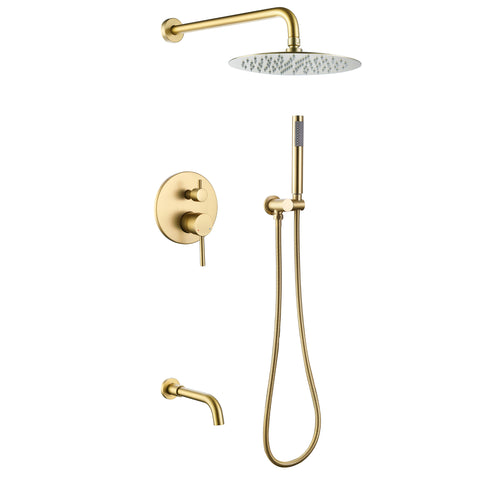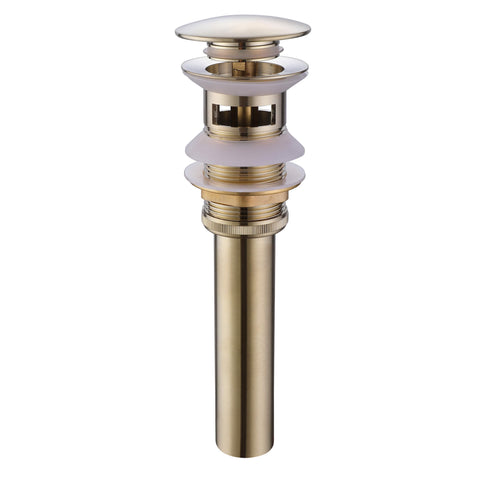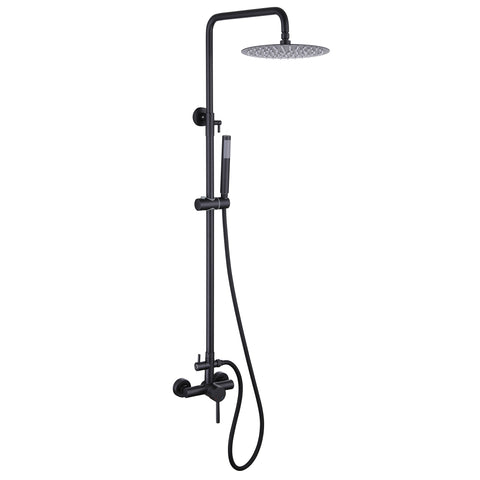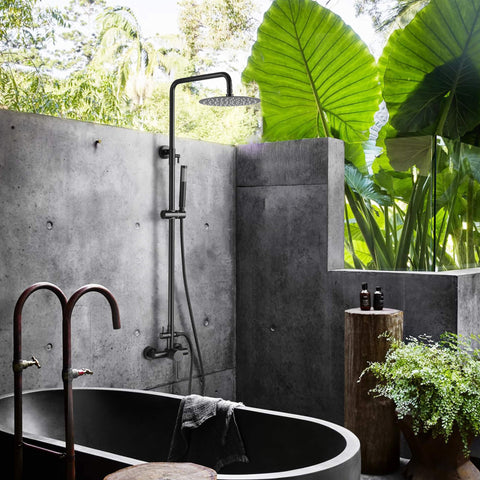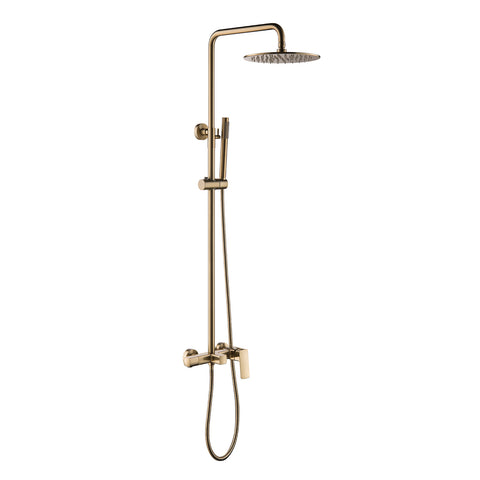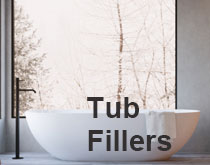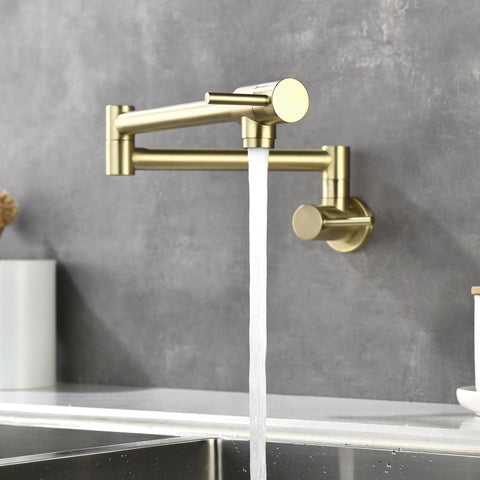The Essential Faucet Buying Guide: Common Sense and Bugs to Avoid
1. Prioritize Quality over Price
It's tempting to go for the cheapest option, but a low-quality faucet can cost you more in the long run. Invest in a high-quality faucet from a reputable brand. These faucets are built to last, resistant to leaks, and come with better warranties. Remember, quality is not always synonymous with exorbitant prices; there are excellent mid-range options that offer great value for money.
2. Consider Your Style and Functionality Needs
Faucets come in various styles, finishes, and designs. Before making a decision, consider the overall theme of your bathroom or kitchen. Choose a faucet that complements the existing decor. Also, assess the functionality you need. Do you want a single handle or double handle faucet? Pull-out or pull-down sprayer? Understanding your requirements will narrow down your options significantly.
3. Mind the Mounting Options
There are three main types of faucet mounts: deck-mounted, wall-mounted, and countertop-mounted. Deck-mounted faucets are the most common and are installed on the sink or countertop. Wall-mounted faucets offer a unique, modern look and are an excellent choice for vessel sinks. Countertop-mounted faucets work best with freestanding basins. Select the mounting option that suits your sink and enhances the overall look you desire.
4. Check Water Efficiency
Conserving water is not only environmentally friendly but also economical. Look for faucets with the WaterSense label. These models are certified by the EPA and can help you save significant amounts of water without compromising performance. Water-efficient faucets can also lower your utility bills, making them a smart choice for the long haul.
5. Beware of Potential Bugs
While buying a faucet, be aware of common bugs that can affect its performance and durability:
- Leaky Cartridges: Cartridges control the flow of water and are a crucial component of faucets. Leaky cartridges can lead to water wastage and increased utility bills. To avoid this, opt for faucets with ceramic cartridges, as they are more durable and less prone to leaks.
- Corrosion and Tarnishing: Some finishes on faucets can be susceptible to corrosion or tarnishing, especially in areas with hard water. Choose finishes like stainless steel, brushed nickel, or chrome, as they are more resistant to these issues.
- Loose Handles: Over time, handles can become loose and wobbly. Make sure to choose a faucet with a sturdy handle mechanism and periodically check and tighten them when needed.
- Spray Hose Issues: If you opt for a pull-out or pull-down faucet, ensure that the spray hose is made of high-quality material and is designed to withstand frequent use.
6. Pay Attention to Installation Requirements
Before purchasing a faucet, be aware of its installation requirements. Some faucets might require additional holes in your sink or countertop, while others might come with a plate to cover extra holes. If you're replacing an old faucet, choose one with a similar configuration to avoid additional work and costs.
A faucet might be a small part of your bathroom or kitchen, but its impact can be significant. By following this comprehensive faucet buying guide, you'll be armed with common sense tips and knowledge to avoid potential bugs, ensuring you make an informed decision. Remember to prioritize quality, consider your style and functionality needs, and be aware of installation requirements. By doing so, you'll find the perfect faucet that complements your space and elevates your overall experience. Happy faucet shopping!
